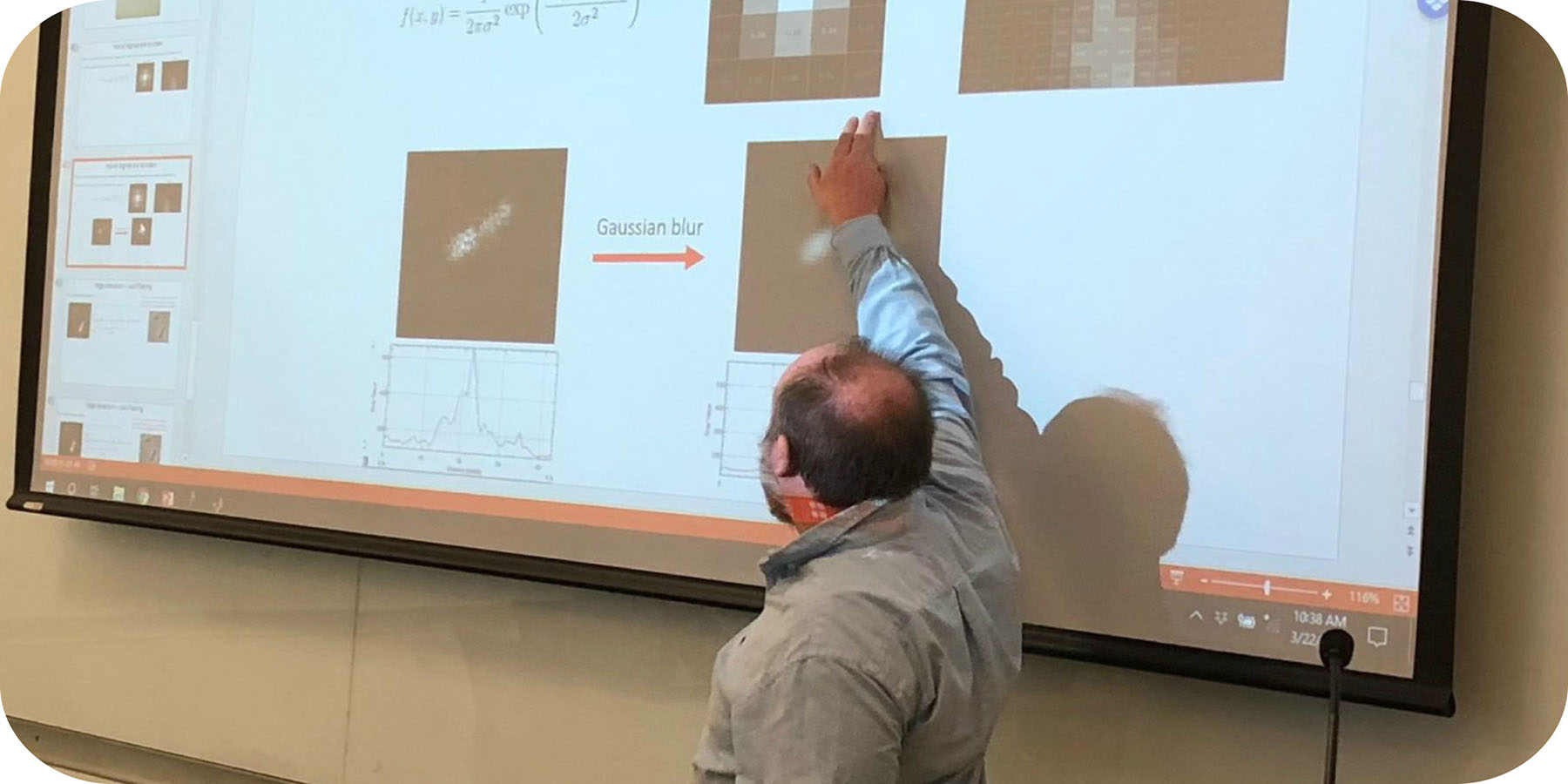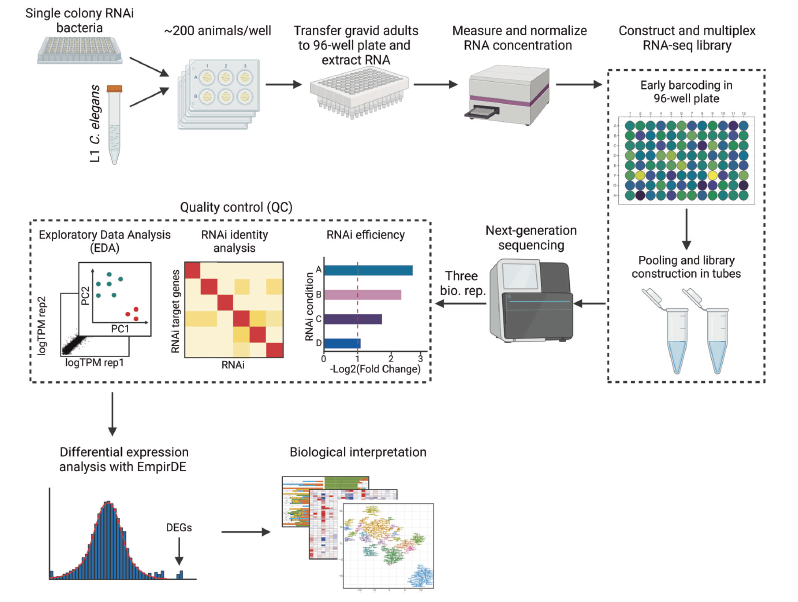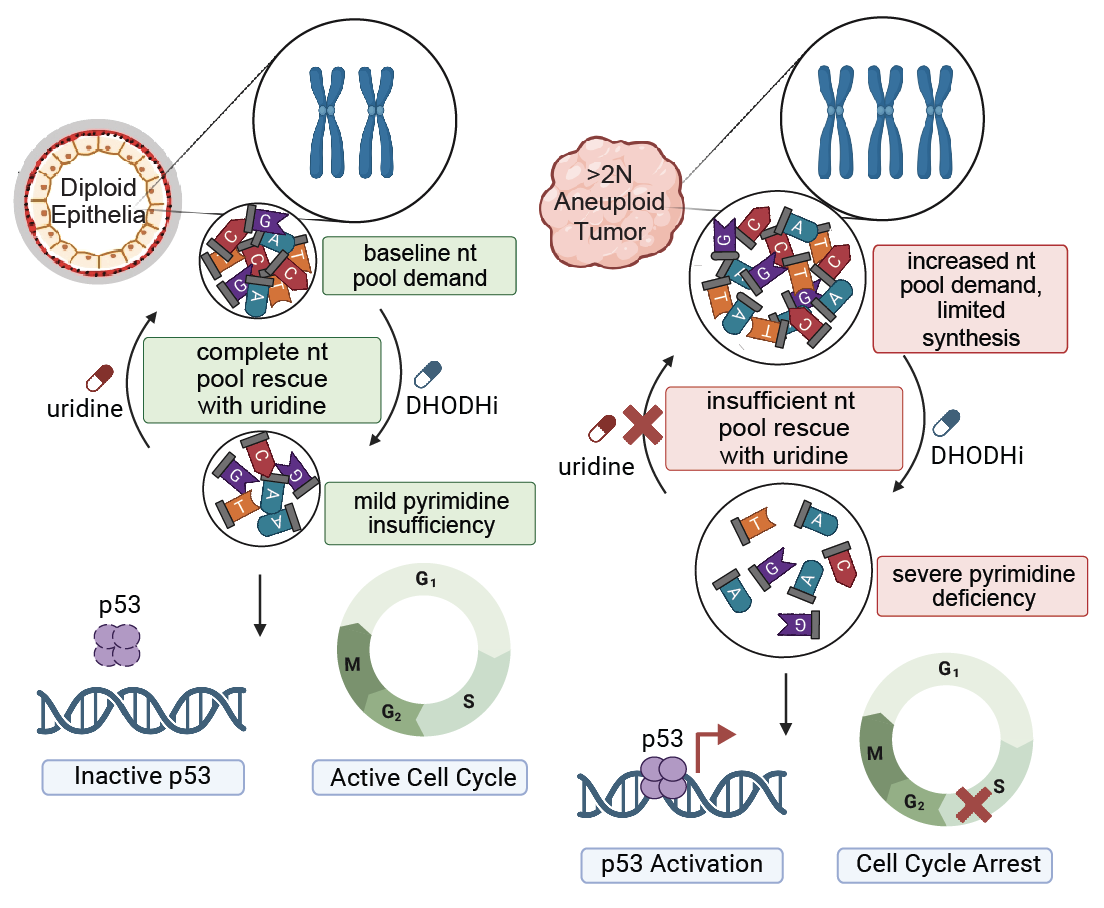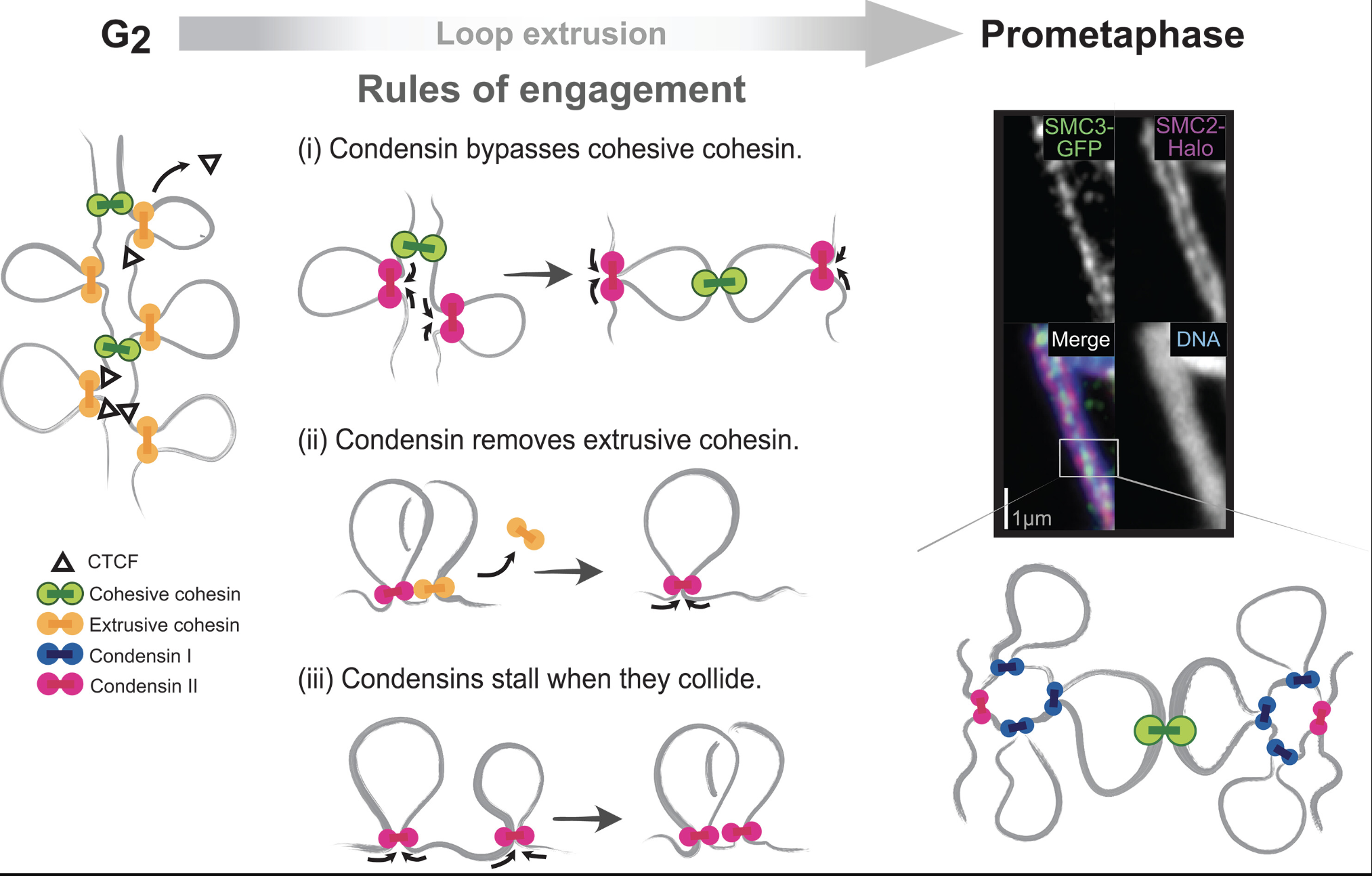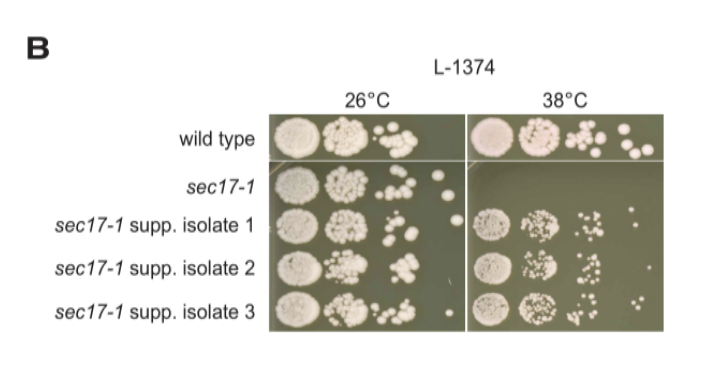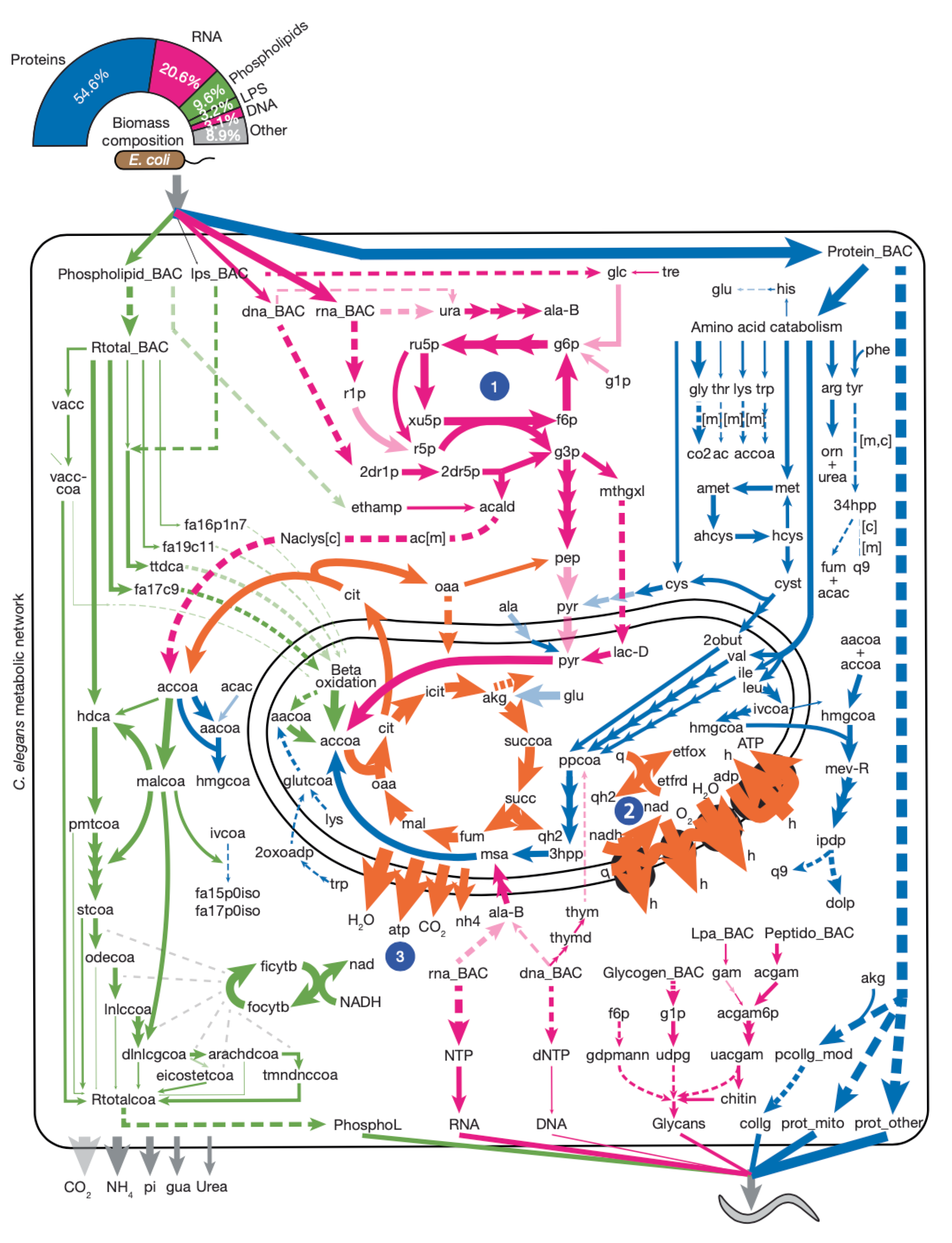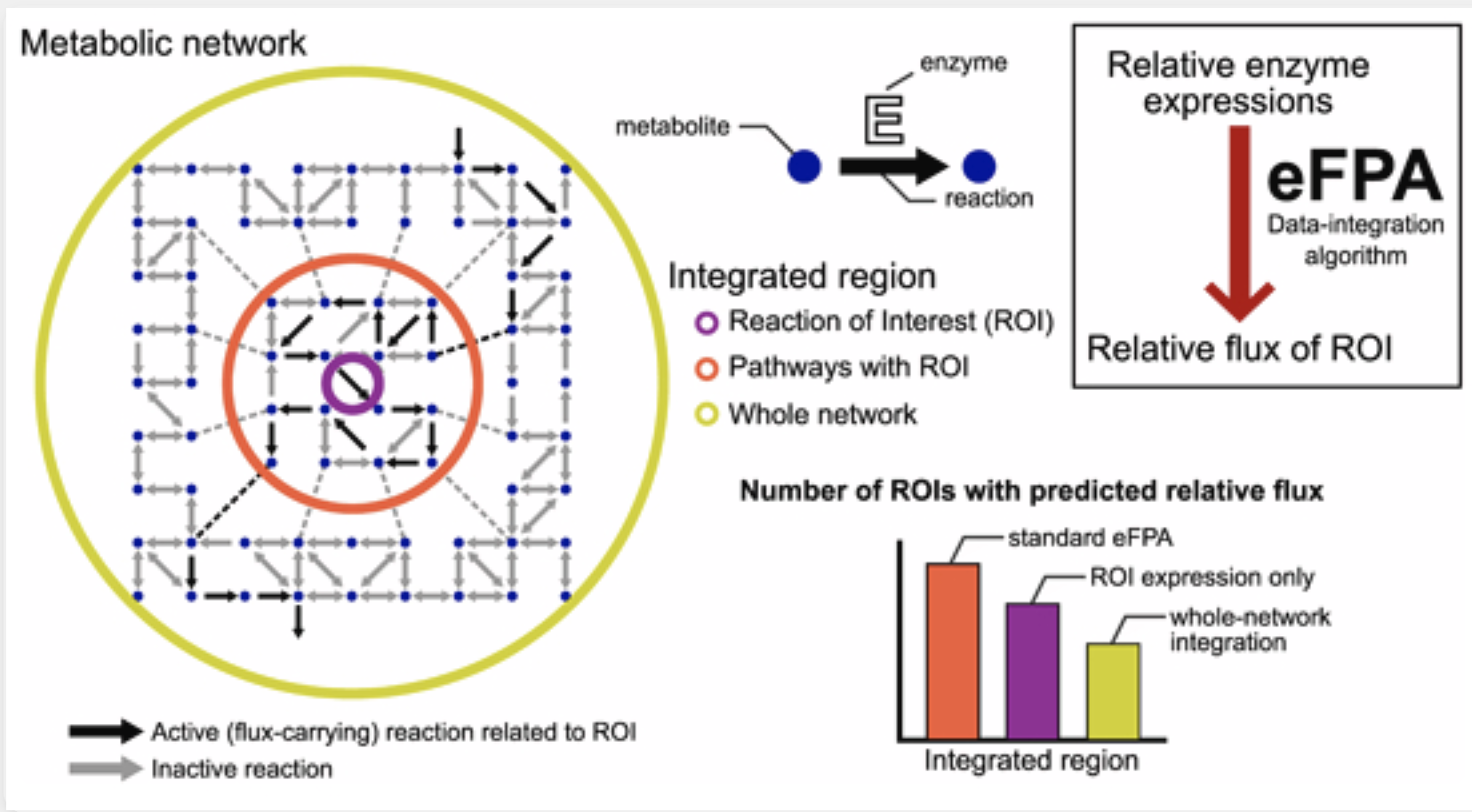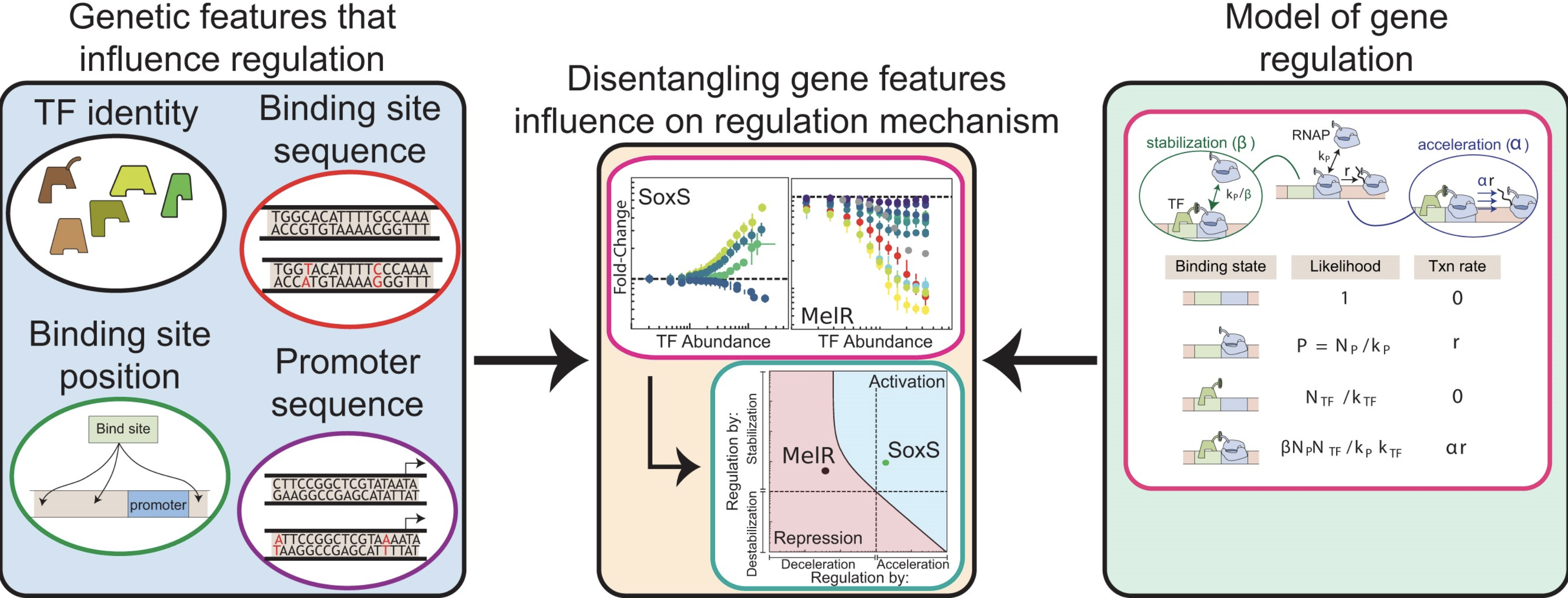About the Department of Systems Biology
One of the defining features of living organisms is their astonishing complexity. Even seemingly simple single cell organisms such as microbes display exceedingly complex behaviors, determined by intricate molecular networks in which large numbers of molecular components, pathways and chemical reactions act together. These behaviors have fascinated scientists for decades and include development, response to pathogenic and environmental insults and interactions with other organisms. Understanding how complexity of living systems arises and coordinates cellular function and pathologies continues to be one of the principal goals of biomedical research today. Read more about how the Department of Systems Biology tackles these questions on our Research and About pages.
The Department of Systems Biology (DSB) studies how biological complexity can be derived and understood from the interplay between individual components and processes that make up living organisms.
For information about our Graduate and Summer Undergraduate Programs as well as the application process, please see our Education Page.
DSB Spotlight
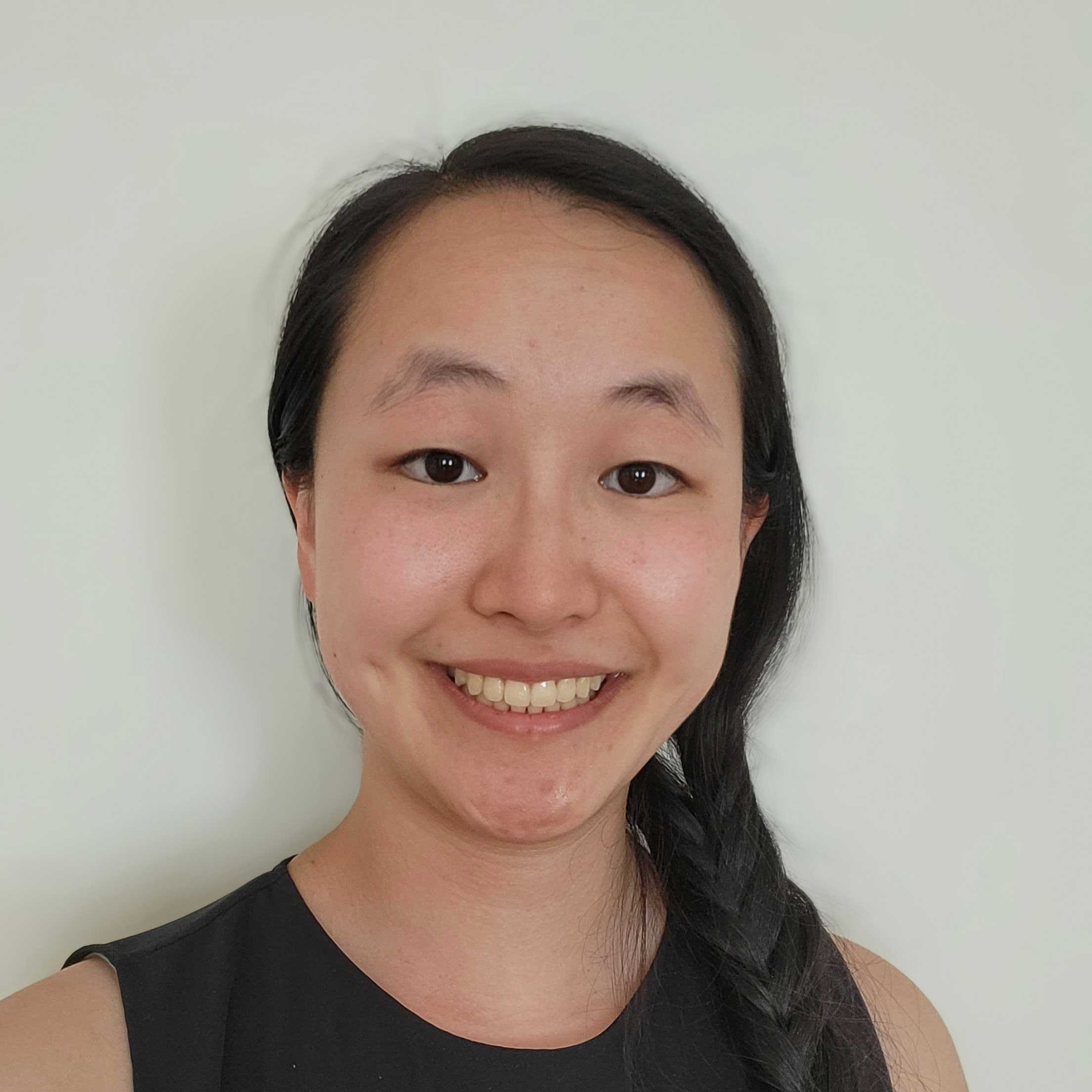
A new paper published in npj Antimicrobials and Resistance from the Mitchell Lab finds that it is possible to predict whether a given bacteria is capable of inactivating an antimicrobial drug based on growth curve shapes when the bacteria is grown at subinhibitory antimicrobial concentrations. Learn more about this work, highlights from the experimental journey and the first author Carmen Li in this Q&A.
Read the paper:
Predicting drug inactivation by changes in bacterial growth dynamics
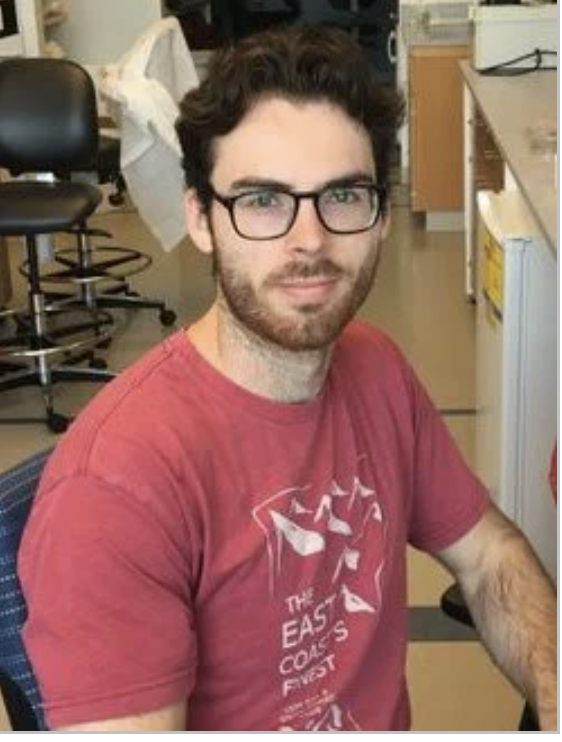
A new paper published in Cell from the Lee lab finds an unexpected cell death pathway activated upon RNA Pol II inhibition. Learn more about this work, highlights from the experimental journey and the first author Nick Harper in this Q&A.
Read the paper:
RNA Pol II inhibition activates cell death independently from the loss of transcription
| DSB Seminar Series |
| All seminars will take place at 11am in AS6-2072, unless otherwise noted |
| Edward Chouchani, PhD |
| Professor, Harvard Medical School |
| "Mass spectrometry and machine learning uncovers a cysteine sensing protein complex" |
| September 18, 2025 |
| Host - Marian Walhout |
| Cammie Lesser, MD,PhD |
| Professor, Tufts University School of Medicine |
| October 9, 2025 |
| Host - Rob Brewster |
| Galit Lahav, PhD |
| Professor, Harvard Medical School |
| October 17, 2025 |
| Host - Amir Mitchell |
| Jen Oyler-Yaniv, PhD |
| Assistant Professor, Harvard Medical School |
| October 23, 2025 |
| Host - Mike Lee |
|
Recent Publications
|
|||||||
|
Worm Perturb-Seq: massively parallel whole-animal RNAi and RNA-seq |
|||||||
| Nature Communications. 2025 May 23 | |||||||
| Hefei Zhang, Xuhang Li, Dongyuan Song, Onur Yukselen, Shivani Nanda, Alper Kucukaral, Jingyi Jessica Li, Manuel Garber, Albertha J.M. Walhout | |||||||
Aneuploidy generates enhanced nucleotide dependency and sensitivity to metabolic perturbation |
|||||||
| Genes & Development. 2025 May 5 | |||||||
| Rayna Y. Magesh, Arshia N. Kaur, Faith N. Keller, Abdulrazak Frederick, Tenzin Tseyang, John A. Haley, Alejandra M. Rivera-Nieves, Anthony C. Liang, David A. Guertin, Jessica B. Spinelli, Stephen J. Elledge, Emma V. Watson | |||||||
|
Rules of engagement for condensins and cohesins guide mitotic chromosome formation |
|||||||
| Follow the rules in this summary video: Rules of Engagement | |||||||
| Science. 2025 April 11 | |||||||
| Kumiko Samejima, Johan H. Gibcus, Itaru Samejima, Alison J. Beckett, Nina Puǎčeková, Maria Alba Abad, Christos Spanos, Bethan Medina-Pritchard, James R. Paulson, Linfeng Xie, A. Arockia Jeyaprakash, Ian A. Prior, Leonid A. Mirny, Job Dekker, Anton Goloborodko, William C. Earnshaw | |||||||
|
Genetic suppression interactions are highly conserved across genetically diverse yeast isolates |
|||||||
| G3. 2025 March 3 | |||||||
| Claire Paltenghi, Jolanda van Leeuwen | |||||||
|
Systems-level design principles of metabolic rewiring in an animal |
|||||||
| Nature. 2025 February 26 | |||||||
| Xuhang Li, Hefei Zhang, Thomas Hodder, Wen Wang, Chad L. Myers, L. Safak Yilmaz, Albertha J.M. Walhout | |||||||
|
A systems-level, semiquantitative landscape of metabolic flux in C. elegans |
|||||||
| Nature. 2025 February 26 | |||||||
| Hefei Zhang, Xuhang Li, L. Tenzin Tseyang, Gabrielle E. Giese, Hui Wang, Bo Yao, Jingyan Zhang, Rachel L. Neve, Elizabeth A. Shank, Jessica B. Spinelli, L. Safak Yilmaz, Albertha J.M. Walhout | |||||||
|
Enhanced flux potential analysis links changes in enzyme expression to metabolic flux |
|||||||
| Molecular Systems Biology. 2025 February 17 | |||||||
| Xuhang Li, Albertha J.M. Walhout, L. Safak Yilmaz | |||||||
|
|
|||||||
| Nucleic Acids Research. 2025 February 8 | |||||||
| Sunil Guharajan, Vinuselvi Parisutham, Robert C Brewster | |||||||


